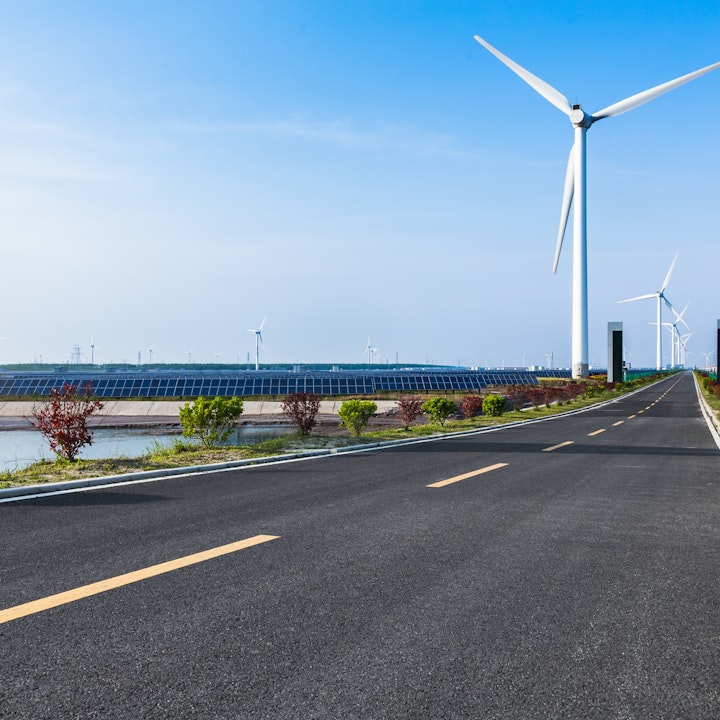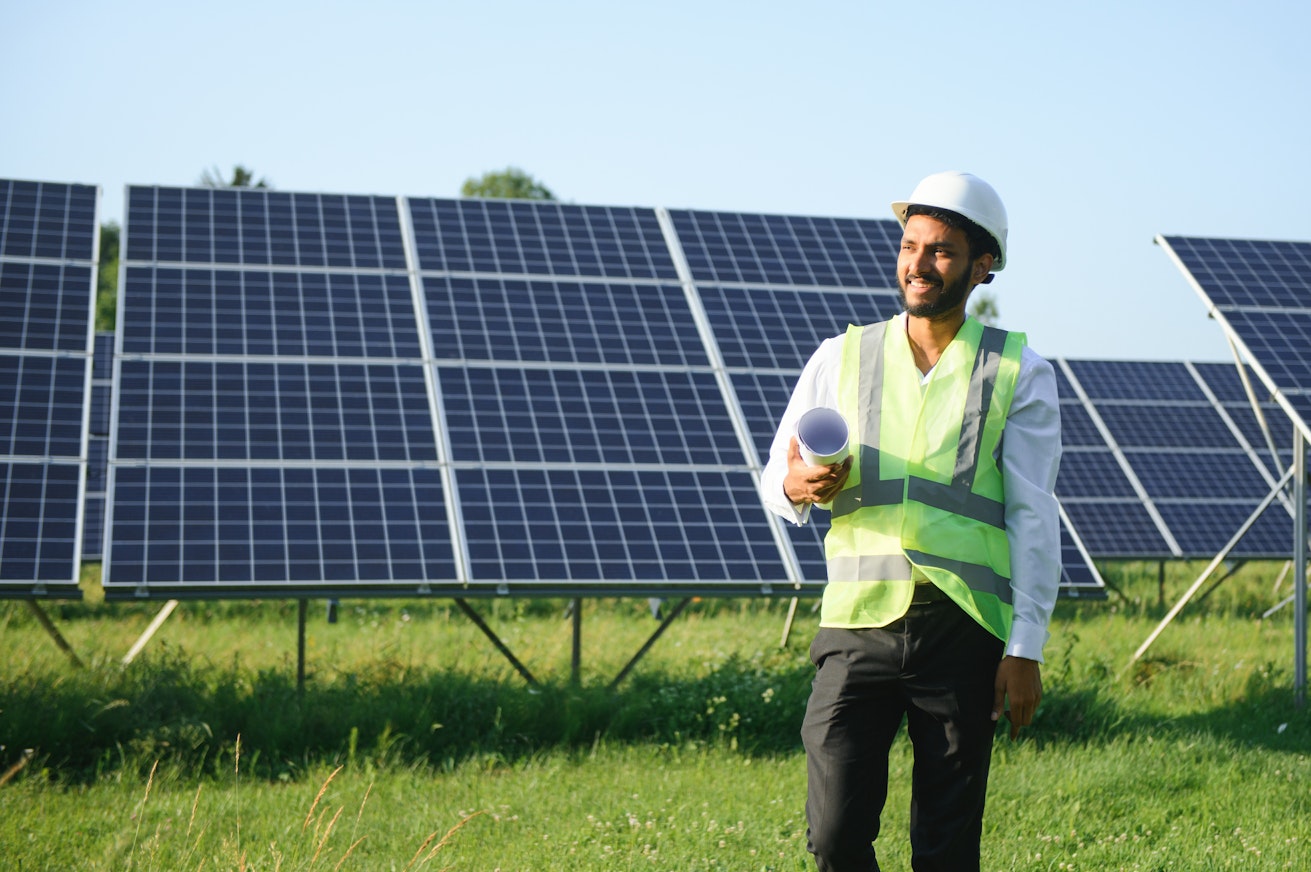Why is bill of quantities (BoQ) important when designing solar plants?


Jeremy Vickerman
Senior Content Manager
Senior Content Marketing Manager at RatedPower with extensive experience in content strategy, production, and communications. Over a decade of expertise spanning marketing, recruitment consulting, and public relations across the UK and Spain, with a strong track record in driving brand visibility and audience engagement.


Soukayna Jermouni
Product Manager, Interconnection
Software developer and Energy engineer with a MSc in sustainable energy management. Joined RatedPower 4 years ago, originally as a customer success member, her understanding of the product’s users’ needs allowed her to become a project manager and developer; a position through which she developed both her understanding of the grid interconnection and managerial skills. Soukayna currently serves as a product manager of interconnection. She ensures that the interconnection features in the product correspond to the client’s needs and meet the engineering requirements.
Content
What does bill of quantities mean?
Bill of quantities definition - The bill of quantities is a document project managers use that lists all the materials and labor required to complete a project. It is used to standardize the process for tendering contractors and give those contractors a fair and accurate method to price the project.
There are two types of BoQ, a firm bill of quantities and an approximate bill of quantities.
A firm bill of quantities is accurately measured and priced using detailed information on the project.
An approximate bill of quantities, also called a provisional bill of quantities, uses estimates to give a starting point for the project.
When building a solar PV plant, the bill of quantities will contain the number of solar panels, batteries, capacitor banks, and other system components required to complete the project within the required specifications.
The bill of quantities also details how to ensure the right materials and components are acquired to meet the project’s requirements. For example, when listing how many solar panels are required for the project, there will also be information to dictate the size and efficiency rating of the panels.
Everything required to complete the solar PV project will be itemized, down to the nuts and bolts required to mount the panels. This comprehensive overview will help engineers estimate costs, manage resources, and ensure the project is completed to a high standard using high-quality parts.
The bill of quantities should also detail the personnel required for the project and the unit rates for each worker. This information is useful when managing the budget and estimating the project’s total cost.
What are Bill of Quantity best practices?
The bill of quantities needs to be shared between multiple parties involved in a construction project. This can include project owners, project managers, engineering and design teams, procurement specialists, financial teams, and more. This means the BoQ needs to be clearly formatted so everyone can understand it.
Follow these best practices for the bill of quantities to help your solar PV project run smoothly:
Standardization: Standardization is beneficial for both the document and the components listed within it. Using a standardized template for your bill of quantities will ensure that everyone can understand it and that everything required for the project is listed correctly. Listing standardized components will ensure that everything you procure to complete the project will be compatible with other parts. This reduces the risk of equipment failure and helps your plant achieve optimal performance levels.
Work out the sizing for your PV system first: Before drawing up the BoQ, consider the energy needs, site conditions, and any other relevant factors affecting the PV system’s performance to ensure it contains everything you need.
Include every required component: No matter how small the part is, include it in your bill of quantities. This will help identify any elements that may be incompatible before purchasing, even down to a screw being the wrong size for its intended purpose.
Seek multiple quotes: One of the functions of the BoQ is to keep your budget in check. Getting multiple quotes from different manufacturers and distributors will ensure you get everything you need at the best possible price to maximize return on investment.
Review and update regularly: The bill of quantities should be a living document that reflects any changes to the design, site conditions, or parts availability. This will ensure the project stays within budget and any changes are still in line with project requirements.
Warranties and maintenance: Considering the warranty on the components required for your solar PV system will help you choose the most reliable and efficient parts. Businesses that offer long-term, comprehensive warranties are typically confident in their products and will provide more reliable components for your system.
Download our free BoQ template
The bill of quantities is a key document for managing costs and keeping your budget in check — a crucial part of maximizing your return on investment. To make this easier, RatedPower has a free bill of quantities template that allows you to create a standardized BoQ for your project.
You can change line items on the template and see in real time how different equipment qualities and prices will affect your LCOE.
Click here to download your free bill of quantities template
What is RatedPower’s bill of quantities methodology?
RatedPower has a comprehensive algorithm that can produce an accurate and detailed Bill of Quantities. The algorithm has been designed using RatedPower’s BoQ methodology to give our users a precise BoQ based on their unique requirements. It breaks down every part of the solar PV plant construction, including the main equipment, civil works, electrical systems, monitoring, security, substations, and more.
Click here for an in-depth look at how RatedPower's Bill of Quantities methodology works.
What documentation does RatedPower software provide?
RatedPower is a cloud-based platform that simplifies collaboration by generating all the documents needed for a solar PV project and allowing you to share them easily. Our standardized bill of quantities template enables you to create a highly accurate BoQ and share it with potential contractors, shareholders, designers, engineers, and any other relevant parties.
As well as the BoQ, RatedPower can generate the following PV project documentation:
Design, Energy Yield, and Interconnection Facility Reports, downloadable in PDF and Word format.
Project Sheet, Energy Yield Results, Listing of Cables, and Listing of Posts, downloadable in Excel format.
General Layout and Terrain Slopes are downloadable in PDF, CAD, and KML formats.
MV, LV, Interconnection Facility SLDs, and Interconnection Facility Layout are downloadable in PDF and CAD format.
Topography Analysis, downloadable in CAD format.
Structure Profiles, downloadable in ZIP format.
Overhead line and battery storage system reports, BESS single-line diagram SLD, and overhead line drawing.
The documentation generated by RatedPower’s platform is available in 8 languages (English, Spanish, French, Portuguese, Italian, German, Japanese and Chinese.

Design utility-scale solar at lightning speed
Benefits of including financial analysis in your PV system designs
Join our PV expert, Bernardino Martín as he discusses how incorporating accurate financial estimates in your PV projects designs from the early stages can help you mitigate risks down the funnel.

Latest stories
Related glossary posts
Technology and engineering
How solar zenith and azimuth impact panel efficiency
Updated 8 SEP, 25

Technology and engineering
Albedo and Solar Power: What You Should Know
Updated 8 SEP, 25

Technology and engineering
What is a solar substation and how to customize yours with RatedPower software
Updated 5 MAY, 25

Related posts
Technology and engineering
Outsmarting congestion: How efficient solar design helps navigate Nordic grid limits
Learn how Nordic operators and solar developers are adjusting to tighter grid conditions and how policy and design decisions are keeping projects on track.
Updated 16 DEC, 25

Technology and engineering
The rise of ultra-thin perovskite solar cells
Learn about Japan’s $1.5B initiative to commercialize ultra-thin, flexible perovskite solar cells and how it could transform the solar landscape globally.
Updated 30 SEP, 25

Technology and engineering
The green hydrogen boom in LatAm
Latin America is emerging as a green hydrogen leader. Learn how LatAm countries are leveraging solar and wind power to drive green hydrogen production.
Updated 22 JUL, 25

- RatedPower
- Glossary
- B
- Bill of quantities (BoQ)
 Watch a demo
Watch a demo Ask our AI Product Expert
Ask our AI Product Expert




